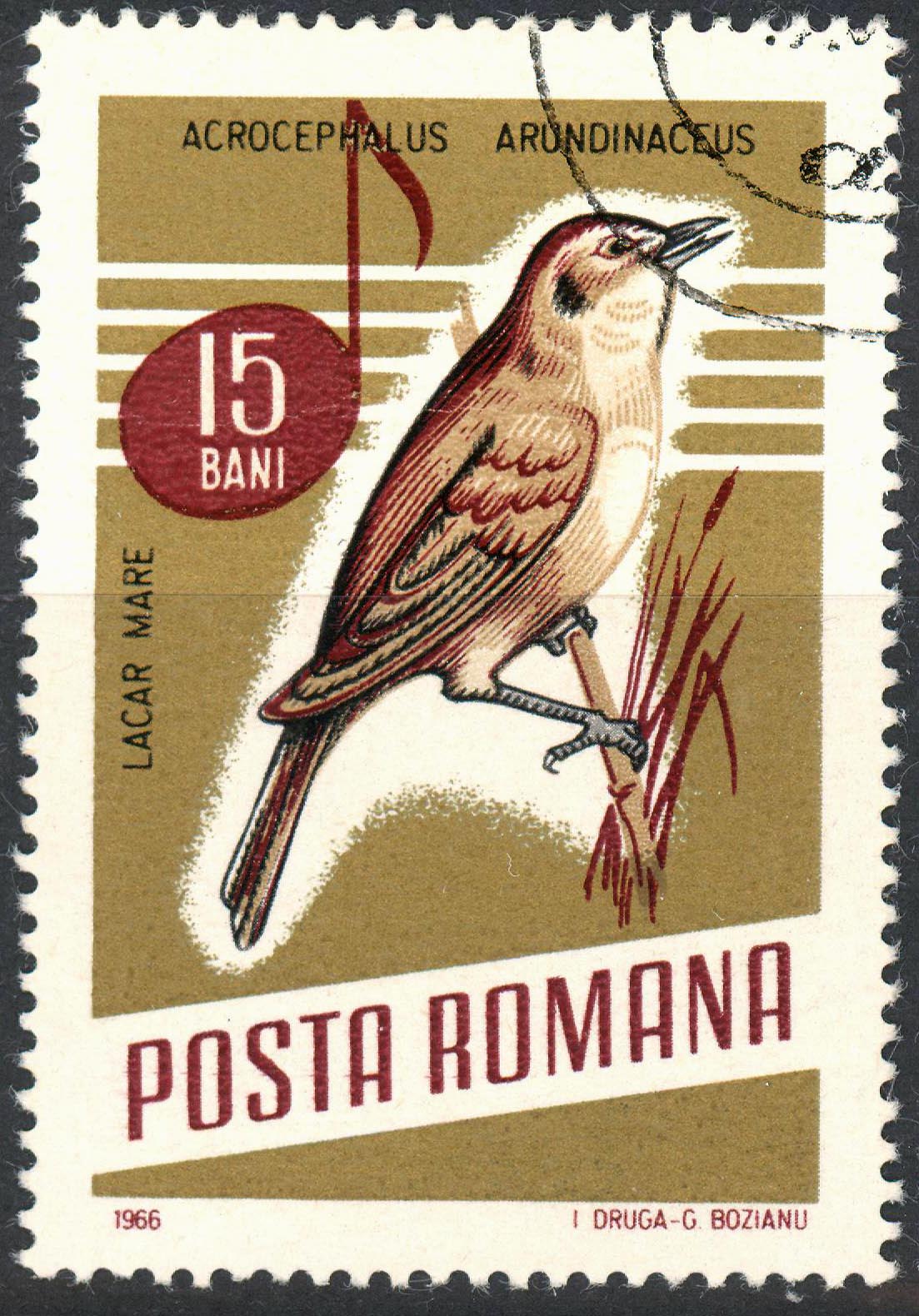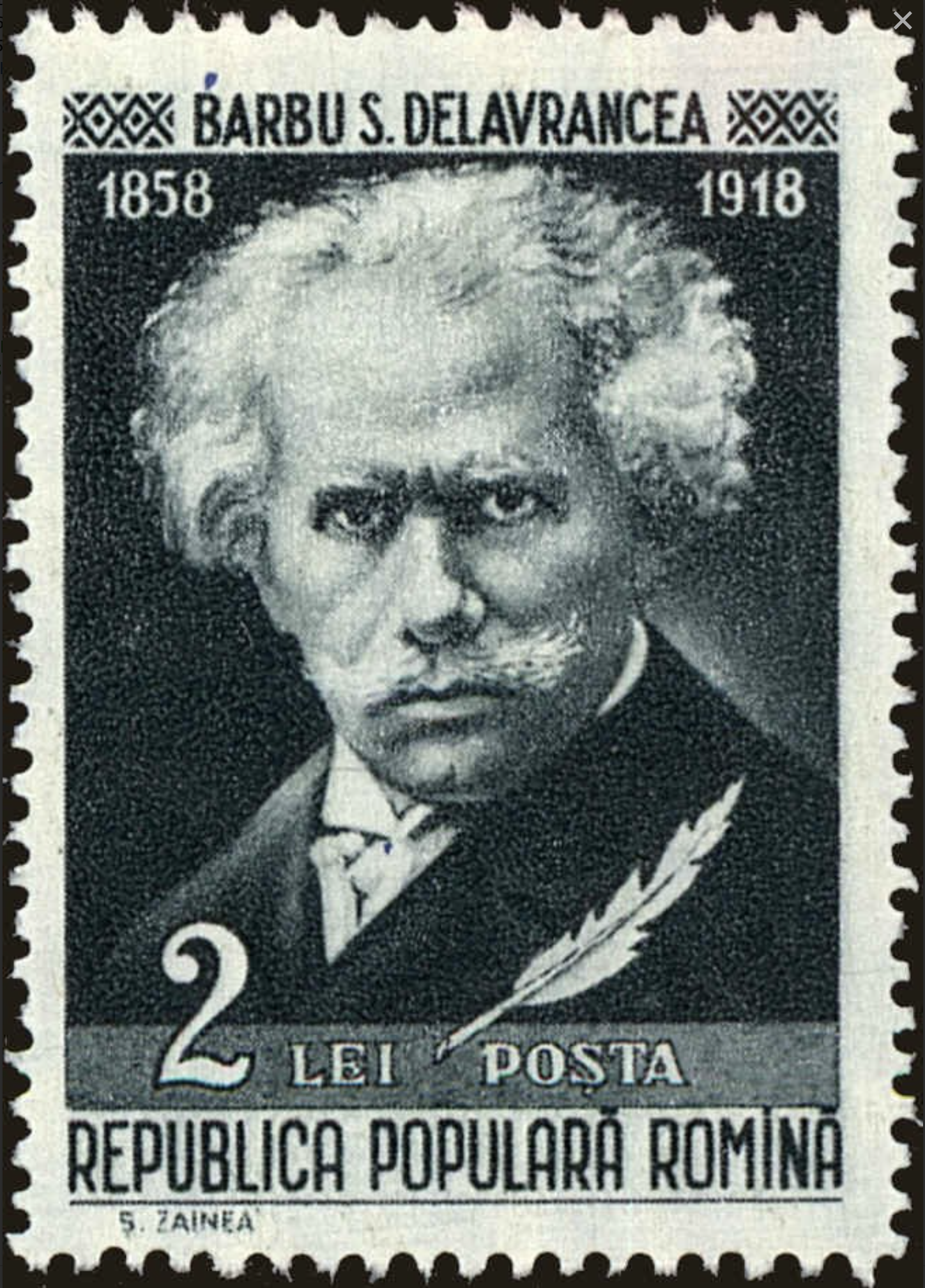Romania #1837 (1966) – Red-breasted Flycatcher (Ficedula parva)
$0.35
Romania #1837 (1966) – Red-breasted Flycatcher (Ficedula parva)
Description
Romania #1837 (1966) – Red-breasted Flycatcher (Ficedula parva)
The Red-breasted Flycatcher (Ficedula parva) is a small passerine bird that belongs to the Old World flycatcher family, Muscicapidae. Here are some key characteristics and information about the Red-breasted Flycatcher:
- Distribution: The Red-breasted Flycatcher is a migratory bird with a wide distribution range. It breeds in the northern parts of Europe and Asia, including regions like Scandinavia and Siberia. During the winter, it migrates to warmer regions in South Asia, the Indian subcontinent, and Southeast Asia.
- Physical Description: This bird is relatively small, measuring about 11-12 centimeters in length. It has a distinctive red or orange-red breast and throat, which stands out against its grayish-blue upperparts. The male’s plumage is brighter and more colorful than the female’s.
- Habitat: Red-breasted Flycatchers prefer a variety of habitats during their breeding season, including coniferous and deciduous forests, as well as mixed woodlands. During migration and winter, they can be found in a wider range of habitats, including gardens and parks.
- Behavior: These birds are often seen perched on branches or in the understory of trees, waiting for flying insects to catch in mid-air. They are agile and skilled in capturing their prey, which typically consists of insects.
- Migration: Red-breasted Flycatchers are known for their long-distance migrations. They breed in the northern parts of their range and then migrate to South Asia and Southeast Asia for the winter. Their migratory patterns are triggered by changes in day length.
- Nesting: They build cup-shaped nests in tree branches or tree holes, typically in well-concealed locations. The female typically lays a clutch of 5-6 eggs, which she incubates. Both parents are involved in feeding the chicks.
- Conservation: The Red-breasted Flycatcher is not considered globally threatened, and it is categorized as a species of “Least Concern” on the International Union for Conservation of Nature (IUCN) Red List. However, like many migratory birds, it faces challenges during its migration routes, including habitat loss and climate change.
These birds are a delightful sight for birdwatchers due to their vibrant plumage and active foraging behavior. They are often encountered during their migration periods in various parts of Asia, making them a subject of interest for bird enthusiasts.
Ready to ship in 3-5 business days from United States (US)
Additional information
| Condition | |
|---|---|
| Country | |
| Scott Number | |
| Stamp Format | |
| Stamp Type | |
| Year of Issue |

















